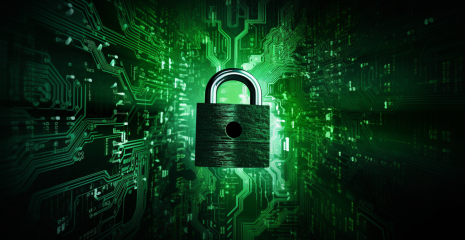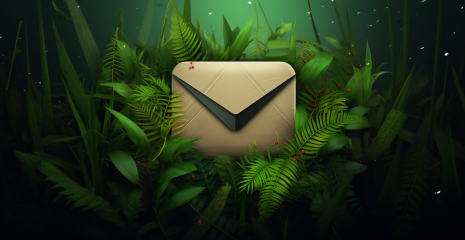

In a fit of curiosity, run an encrypted virus sent by mail? Drop a flash drive with a single copy of an important file into the sewer? Pour beer on a new ultrabook, etc. Here is another, no less nightmarish scenario. You’ve read compelling articles and watched impressive videos about digital security. Two-factor (two-step) authentication has been included wherever possible. No SMS (it’s unreliable), linked to a smart app on a smartphone. From now on, you walk the world with the confident gait of a happy person who has protected all his accounts. Until a busy pizza delivery guy taps you on the shoulder. He is riding a bicycle into the cheese sauce-soaked distance, and your favorite phone is flying to the asphalt. Suddenly, you find yourself in a sad world where there is no Google, Facebook, Instagram, Twitter, Slack, Zoom, your favorite cloud storage, corporate mail and many other familiar and useful resources.
More specifically, all of these sites are live, but your accounts are unreachable. A second factor is required to sign in, and that’s your phone. And he, as the repairman with the face of a sleeping fish said, will return to you in a week. May be. Backup codes allow you to get out of such a situation. Where to get them and what are they? In the same section of the service settings where you enabled two-step authentication. Backup codes will come in handy if you use a smartphone linked to the service as a second factor, and something bad happened to this device. It was broken, lost, forgotten at work, stolen by villains, seized during a search. Or maybe the smartphone just fell into a dark and dusty nowhere, where you can’t find it, and there it treacherously discharged. Let’s go to the instructions!
You can print or save 10 displayed codes. Each code can be applied only once. If you run out of codes or lose them, you can request new ones by clicking Get New Codes.
Advice. We recommend that you notice the codes you use because they only work once.
Search your computer on demand Backup-codes-imya_polzovatelya.txt, substituting your username. For example, a user named google123 should be entered in the search bar Backup-codes-google123.txt. Note that the codes must be downloaded to your computer so that they can be found in this way.
Backup codes must be stored in a safe place. Protected against unauthorized access as much as possible. You can print it on paper and put it in a safe. You can encrypt it on your computer and put it in the cloud. It is not recommended to save backup codes on the desktop of the computer in the text file kody.txt. Those using password managers (such as Bitwarden or KeePassXC) can try storing backup codes in password databases. Thus, codes will be provided with the same high level of protection as passwords. Of course, provided that the password base is protected by a strong master password. On the other hand, if unauthorized access to the password database does occur, the attacker will immediately receive the password and the backup code for two-step authentication. It is difficult to give an unequivocal recommendation here, it is up to you. But here’s what you can advise, for sure: make another copy of the backup codes and save them in another safe place. Have two copies just in case.


